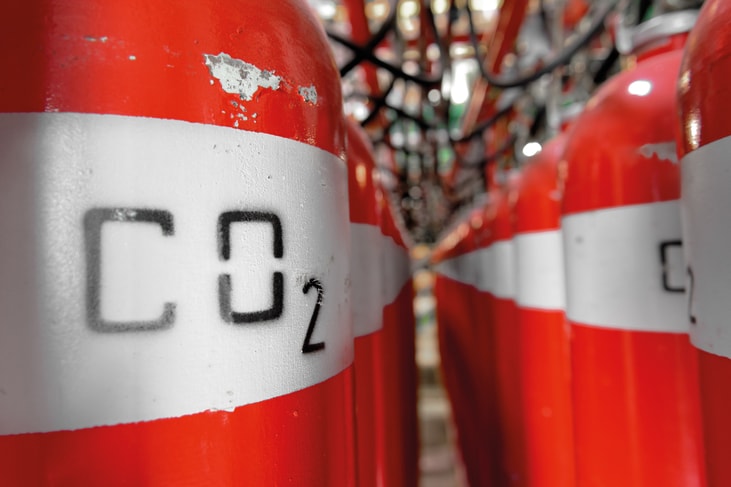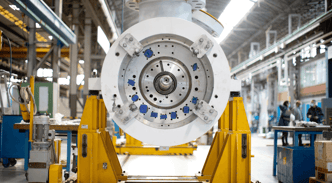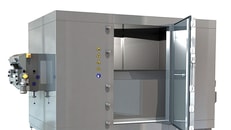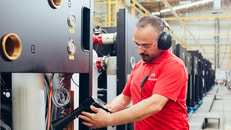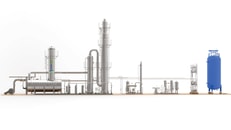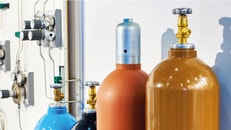An introduction to… CO2 purity analysis
Foe or friend? Not everything is bad about carbon dioxide. As a greenhouse gas, carbon dioxide (CO2) emissions are one of the major contributors to climate change, but at the same time there exists a growing demand for high purity CO2 used in a variety of industrial, research and medical applications.
Energy production from renewable sources constitutes a key application for the future in order to minimise our carbon footprint and reduce overall CO2 emissions. One such process is the production of bioethanol as an alternative to fossil sources. It is gradually becoming a reliable source of feedgas for high quality CO2 production; in North America it already makes up for nearly a third of the CO2 supply. Biogas production constitutes another renewable energy source where biodegradable organic matter is converted into methane (50-80%) and CO2 (up to 50%) via anaerobic digestion by microorganisms. Recent developments in membrane technology facilitate gas separation and complete CO2 recovery.
As the end product of microbiological processes, carbon dioxide resulting from bioethanol and biogas plants may contain a variety of impurities and needs further processing to arrive at the final, pure product. In particular, the food and beverage industry requires carbon dioxide of the highest purity in accordance with the standards imposed by the International Society of Beverage Technologists (ISBT) and European Industrial Gases Association (EIGA).
... to continue reading you must be subscribed

